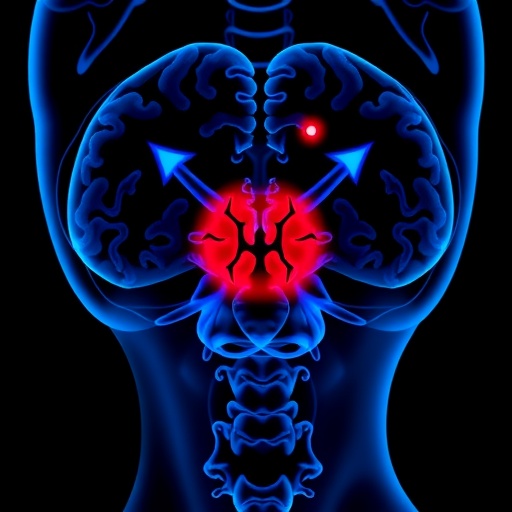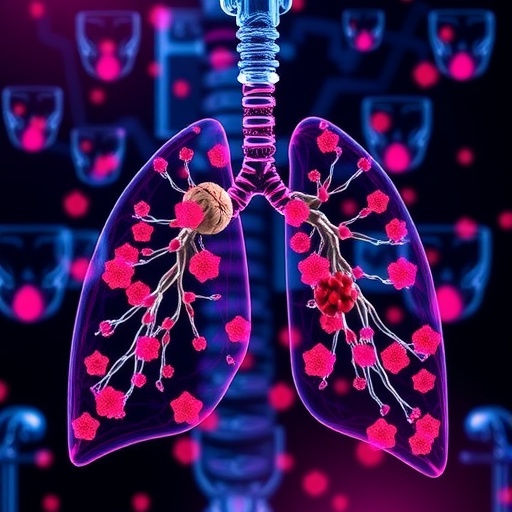Credit: Benedetta Artegiani, © Hubrecht Institute
Researchers from the Hubrecht Institute and Radboud University have developed a human model in which they use organoids, or mini organs, to study the function of specific genes that are mutated in liver cancer. Using this method, they have found that mutations in BAP1, a gene commonly mutated in liver cancer, changes the behaviour of the cells, which may make them more likely to be invasive. Their results were published in the scientific journal Cell Stem Cell on the 23 of May.
Organoids and cancer research
Organoids are mini organs that can be grown in the lab, from a very small piece of tissue derived from a variety of organs. They have been used in cancer research for a few years, mainly by comparing organoids derived from healthy organs to those derived from tumors. This approach however is not suitable to investigate the function and the role of specific genes that are already known to be mutated in cancer. In order to learn more about tumor formation, there was a need for a clean model in which organoids with and without such mutations can be compared.
New model
The researchers developed a new model in which organoids from the healthy human liver are genetically altered using molecular scissors called CRISPR/Cas9, to study the function of the genetic alteration in tumor formation. “Studying the function of such mutations in tumor formation is especially important in liver cancer,” says Benedetta Artegiani, one of the researchers, “since it is a very heterogeneous type of cancer: a wide variety of mutations in different genes are found in different patients.” Until now, the function of many of these genes in tumor development remains unknown. The newly developed model therefore is a valuable tool to address the function of specific genes in liver cancer formation.
BAP1
The model was exploited to shed light on the function of BAP1, a gene that is mutated in approximately 15-20% of liver cancer patients and of which the specific role in liver tumor development so far remained unknown. The researchers found that organoids in which BAP1 was mutated had very different characteristics compared to the healthy organoids: they turned into solid masses that grew faster, were more motile and fused with other organoids. These observations resemble the characteristics of a more invasive malignant tumor. Furthermore, these changes in organoid morphology and behavior can be reversed by adding normal BAP1 to the organoids. In addition, the researchers made organoids with mutations in four genes that are often mutated in liver cancer, and organoids in which a mutation in BAP1 was added. They found that while the organoids in which the four common liver cancer genes were mutated only formed benign adenoma when transplanted into mice, the organoids in which BAP1 was also mutated formed malignant tumors – the so-called cholangiocarcinoma.
Choosing the right model
By combining different approaches- microscopy, time-lapse imaging and “multi-omics” (RNA, DNA and protein-based) techniques, the researchers dug into the mechanisms through which a mutation in BAP1 can affect tumor development. They found that mutating BAP1 changes which genes are active in the organoids and that these changes in gene activity can be reversed. “These changes may depend on the cell type in which BAP1 is mutated,” says Artegiani, “which may explain why the previously described functions of BAP1 differ between different types of cells. This underlines the importance of studying gene function in a relevant model, derived from the organ and the organism of interest.”
Tumor modeling
The researchers show mutations in BAP1 are important for the transition from a benign to a malignant liver tumor. Furthermore, they show that their model can be used to model liver tumors by mutating single genes. Since the model makes it relatively straightforward to manipulate healthy human organoids with CRISPR/Cas9, it may be used to study the function of the many genes with unknown function in liver cancer, both individually and together, to look at the combined effect of different mutations. This will provide more insight into the development of liver tumors.
###
Publication
Probing the Tumour Suppressor Function of BAP1 in CRISPR-engineered Human Liver Organoids. Benedetta Artegiani, Lisa van Voorthuijsen, Rik G.H. Lindeboom, Daniëlle Seinstra, Inha Heo, Pablo Tapia, Carmen López-Iglesias, Daniel Postrach, Talya Dayton, Rurika Oka, Huili Hu, Ruben van Boxtel, Johan H. van Es, Johan Offerhaus, Peter J. Peters, Jacco van Rheenen, Michiel Vermeulen and Hans Clevers. Cell Stem Cell 2019.
Hans Clevers is group leader at the Hubrecht Institute, professor of Molecular Genetics at the University Medical Center Utrecht and Utrecht University, Research Director of the Princess Máxima Center for Pediatric Oncology and Oncode Investigator.
This research is a collaboration between the group of Hans Clevers at the Hubrecht Institute, the group of Michiel Vermeulen at the Radboud Institute for Molecular Life Sciences (RIMLS) of the Radboud University, the group of Jacco van Rheenen at the Dutch Cancer Institute, the group of Peter Peters at the Maastricht Multimodal Imaging Institute and the Department of Pathology at University Medical Center Utrecht, the Netherlands.
This research is part of Oncode Institute and funded by the NWO (two VENI grants and a MKMD grant), ZonMW (MKMD grant), an ERC Consolidator grant and the Foundation Friends of the Hubrecht Institute.
About the Hubrecht Institute
The Hubrecht Institute is a research institute focused on developmental and stem cell biology. It encompasses 24 research groups that perform fundamental and multidisciplinary research, both in healthy systems and disease models. The Hubrecht Institute is a research institute of the Royal Netherlands Academy of Arts and Sciences (KNAW), situated on the Utrecht Science Park. Since 2008, the institute is affiliated with the University Medical Center Utrecht, advancing the translation of research to the clinic. The Hubrecht Institute has a partnership with the European Molecular Biology Laboratory (EMBL). For more information, visit http://www.
About Radboud Institute for Molecular Life Sciences
Radboud Institute for Molecular Life Sciences (RIMLS) – a leading research institute that focuses on the molecular mechanisms of disease – brings together research groups from the Radboud university medical center (Radboudumc) and the Radboud University. Clinical and fundamental scientists who specialize in diverse areas of the life sciences work closely together in programs designed to understand the underlying molecular causes of disease.
Note for the press
For more information, please contact Melanie Fremery, the communications officer of the Hubrecht Institute: [email protected] or 0031658911260 (between during 9:00AM and 6:00PM Dutch time). Between the 24th and the 30th of May Melanie Fremery will be unavailable, during this period you can contact Annemieke van Elst: 0031653896018 and [email protected].
Media Contact
Melanie Fremery
[email protected]
Related Journal Article
http://dx.




